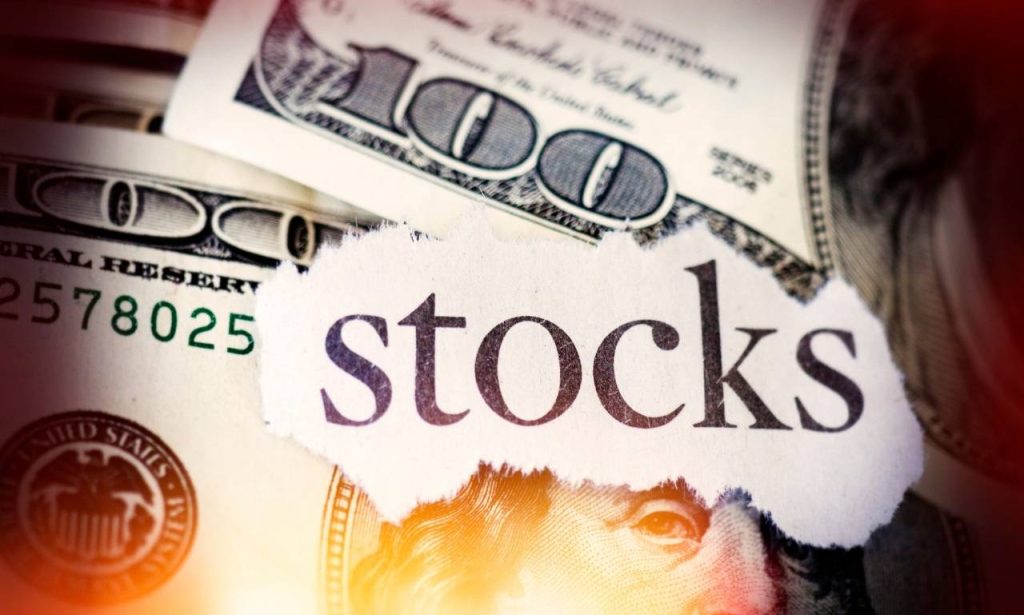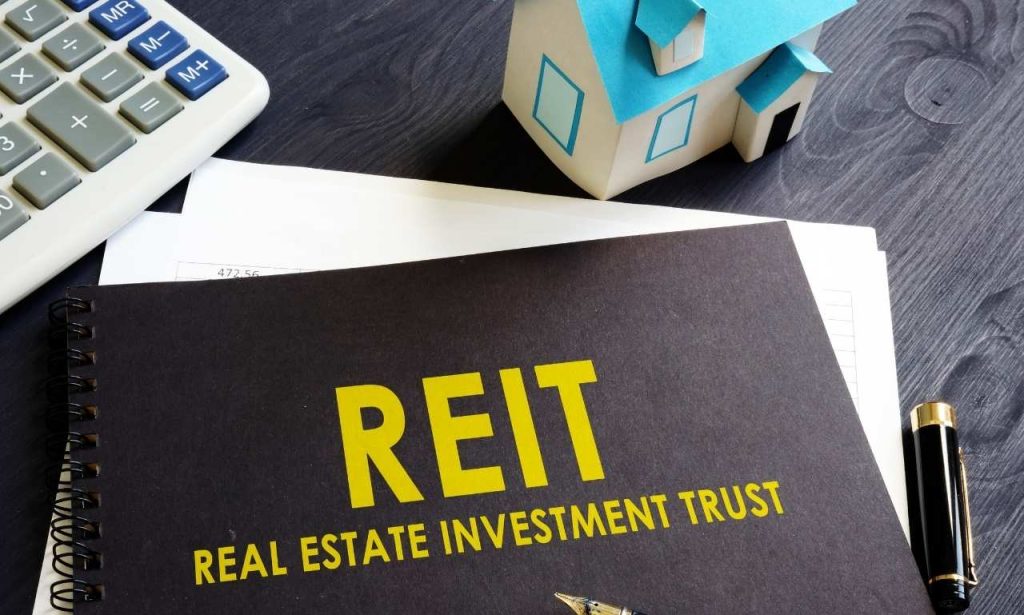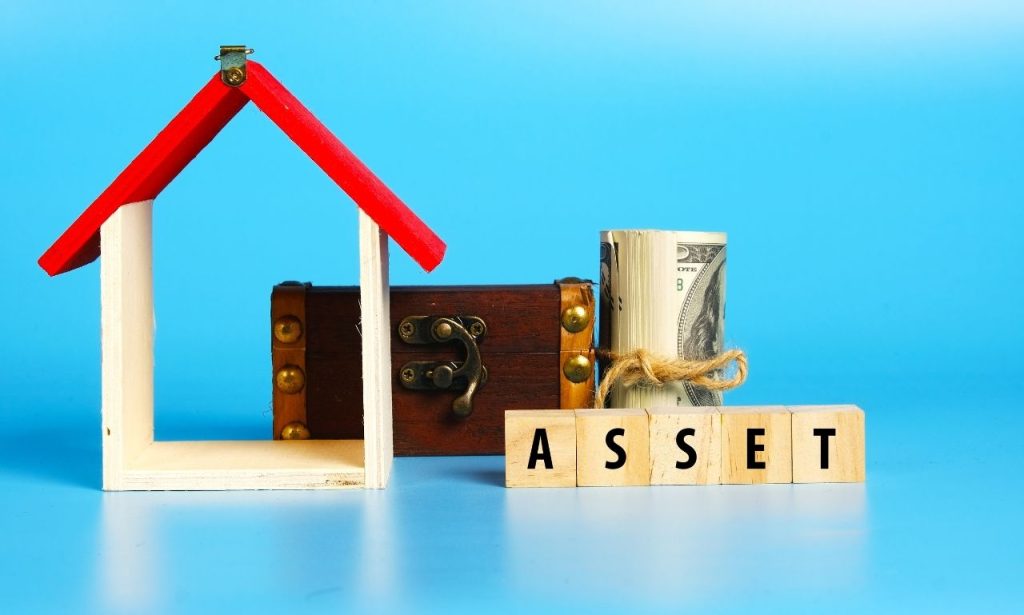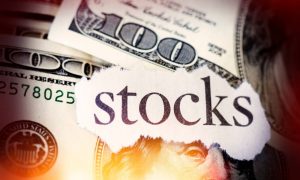Financial freedom requires strategic planning and wise investments. The wealthy don’t just work for money—they acquire assets that generate income around the clock. After years of investing in various vehicles, I’ve learned what truly works. This guide explores nine proven income-producing assets that can transform your financial future. Each offers unique benefits and risks, but all share one common trait: they work for you even while you sleep.
Stocks/Equities

Companies share profits with shareholders through regular payments. Imagine owning a piece of Johnson & Johnson or Coca-Cola and getting a thank-you check every three months just for being an owner.
My first dividend stock was Altria, back in 2009. Man, I was nervous! I dumped in $3K when everyone panicked about the financial crisis. That position now generates over $1,200 yearly in dividends alone, and the initial investment has nearly tripled.
Then you’ve got growth stocks like Tesla or Amazon. These rarely pay dividends because they’re pumping every dollar back into expansion. No immediate cash, but massive price appreciation potential.
Stocks/Equities Summary
Build a foundation with rock-solid dividend payers that increase their payouts yearly. Then sprinkle in some growth stocks for potential home runs. This combo gives you immediate cash flow plus long-term upside. Just don’t expect to get rich overnight – this slow-burn strategy compounds beautifully over the years.
Bonds
Bonds are IOUs from governments or companies. They borrow your money, promise regular interest payments, and return your principal when the bond matures.
They’re less attractive than stocks but generally way less volatile. Think of them as the dependable friend who always shows up on time versus the exciting one who might stand you up.
Government bonds – especially U.S. Treasuries – are considered ultra-safe but pay accordingly. Corporate bonds offer juicier yields but with default risk if the company hits hard times.
When interest rates rise, existing bond values drop. I learned this lesson during the 2022 bond massacre when rising rates hammered my “safe” bond portfolio. It was painful but educational!
Bonds Summary
Don’t dump everything into bonds, but don’t ignore them, either. They’re portfolio shock absorbers during stock market chaos. As you get older, gradually shift more money here. I like building “bond ladders” – buying bonds that mature in different years, so you’re never fully exposed to one interest rate environment.
Investment/Vacation Properties
Picture owning a beach condo that tourists rent most of the year, generating cash flow. Then, you use it yourself for a few weeks annually. When done right, the rental income covers the mortgage, taxes, and maintenance with profit left over. Meanwhile, you get personal enjoyment and potential appreciation.
Short-term rental platforms have been game-changers, but location is everything! A fantastic property in a lousy location will bleed money. I’d rather own a basic condo in prime South Beach than a luxury home in nowhere.
Investment/Vacation Property Summary
If you can afford the down payment, vacation rentals offer a rare trifecta: income, appreciation potential, and personal enjoyment. Just be ruthlessly objective about location quality and realistic about costs. Budget for vacancies, repairs, and professional management unless you enjoy fielding 2 AM maintenance calls.
Real Estate Investment Trusts (REITs)

REITs are like real estate mutual funds. They own portfolios of income-producing properties, from apartment complexes to shopping centers to data centers. By law, REITs must distribute 90% of taxable income to shareholders, creating juicy dividend yields typically 2-3× times higher than regular stocks.
You can buy and sell them instantly through any brokerage account. You won’t have to deal with tenants, toilets, or termites—professional teams handle all that messy stuff.
I started repurchasing Realty Income (O) in 2014. It pays monthly dividends and owns thousands of retail properties leased to recession-resistant businesses. While not as exciting as crypto or tech stocks, it’s steadily paid and increased dividends through pandemics, recessions, and whatever else the world throws.
REITs Summary
REITs give you real estate exposure without property management headaches. Their above-average dividend yields make them perfect for income-focused investors. My recommendation? Allocate 5-15% of your portfolio here, focusing on REITs with conservative debt levels and proven long-term track records.
Farmland
Farmland might be the most underappreciated asset class. Since the 1970s, it’s produced average annual returns between 10-12% with much less volatility than stocks. Think about it – humans will always need food, and they’re not making more land. Essential supply and demand. Warren Buffett’s been quietly buying farmland for decades.
Traditionally, you needed millions to invest meaningfully in agriculture. Not anymore. Platforms like AcreTrader and FarmTogether let you buy fractional ownership in working farms with as little as $10K.
The returns come from annual crop/livestock sales income and long-term land appreciation. The best part? Farmland prices barely flinched during significant stock market crashes.
Farmland Summary
Add some farmland if you want something that doesn’t tank when stocks do. It’s an excellent inflation hedge, too, as food prices typically rise with inflation. Just understand this is a longer-term play – expect to hold for at least 5+ years for the best results.
CDs/Money Market Funds
Certificates of Deposit lock up your money for a specified period (typically 3 months to 5 years) in exchange for guaranteed interest. Early withdrawal? Expect penalty fees.
Money Market Funds invest in super-short-term, high-quality debt instruments. They maintain stable prices while paying modest interest, and you can access your cash anytime.
Neither will make you rich, but both keep your money safe and working. With rates over 5% in early 2023, these suddenly became relevant again after years of paying practically nothing.
CDs/Money Market Summary
Everyone needs some cash reserves for emergencies and opportunities. These vehicles let you earn something while maintaining safety and liquidity. I typically keep 6-12 months of expenses here. Ladder your CDs with different maturity dates to maximize rates while maintaining some liquidity.
Royalties
Royalties are fascinating – they pay you whenever someone uses intellectual property or natural resources you own. Music royalties flow when songs play on Spotify or get used in commercials. Book royalties come when copies sell. Patent royalties arrive when companies use your inventions.
Previously, these were tough for regular folks to access. Now, platforms like Royalty Exchange let you buy existing royalty streams. One investor I know purchased the royalty rights to a collection of 90s hip-hop tracks for $75K. It generates about $12K yearly—a 16% yield!
Natural resource royalties work similarly but for physical stuff like oil and gas. You own the rights to resources under the land without operational headaches.
Royalties Summary
Royalties offer unique diversification since they typically don’t correlate with stock markets. The best ones provide consistent income with minimal ongoing costs. Just know what you’re buying – some royalty streams decline over time, while others may grow. The learning curve is steeper here, so start small.
Art and Collectibles
High-end art has outperformed the S&P 500 over the past 25 years. Seriously. Classic cars, rare whisky, and vintage watches have all delivered double-digit annual returns.
The catch? Traditionally, you needed serious money and expertise to play in this arena. That’s changing through fractional ownership platforms. Companies like Masterworks let you own pieces of million-dollar paintings for a few hundred bucks.
Unlike most assets we’ve discussed, art doesn’t produce regular income. Your returns come entirely from appreciation when the piece eventually sells. However, for the wealthy, art-secured lending now allows them to generate income using collections as collateral.
Rental Property and Rental Income

My journey into financial independence started with a humble duplex in Phoenix. I bought it for $136K in 2012 with an FHA loan requiring just 3.5% down. I lived in one unit and rented the other.
That rental income covered most of my mortgage, letting me save aggressively. After moving out, both units produced about $450 monthly in positive cash flow after ALL expenses. Ten years later, they’re worth over $400K and generate $1,500 monthly in cash flow.
Rental properties build wealth through four simultaneous channels: immediate cash flow, property appreciation, tenant mortgage pay down, and tax advantages through depreciation.
The trick is buying right. I look for properties in growing job markets with limited new construction. The purchase price must allow for positive cash flow even with higher vacancy rates than expected. If the numbers only work with perfect conditions, walk away!
How To Evaluate Cash Flow Generating Assets
Assess Potential Returns And Annual Yield
I always calculate the cash-on-cash return: annual income divided by my initial investment. Double-digit returns are great, but remember – higher returns usually mean higher risk. Compare similar investments against each other rather than across categories.
Evaluate Risk And Volatility
Ask yourself: What’s the worst-case scenario, and can I sleep at night if it happens? Diversify across multiple assets to reduce portfolio-level volatility. Nothing works perfectly in all economic conditions.
Consider Liquidity And Accessibility
Some investments lock up your money for years; others sell instantly. Neither approach is inherently better – it depends on your personal timeline. Just ensure you have enough liquid assets to cover emergencies and opportunities without being forced to sell illiquid investments at the wrong time.
Review Diversification And Portfolio Allocation
Divide your money carefully into varied assets, which behave differently based on economic market changes. Regular rebalancing ensures you purchase holdings at low prices while selling them at high values because your bonds and farmland maintain stability when stock prices decline.
Examine Tax Implications
Not all incomes receive equal tax treatment from the government. The tax rates for qualified dividends and long-term capital gains fall below regular income tax brackets. Interest from municipal bonds passes through federal tax systems without any taxation. Factor these differences into your after-tax return calculations.
Conclusion
Developing substantial wealth remains straightforward, but it needs sustained dedication and time. Failure occurs when someone never initiates investment or persistently follows new popular investments rather than maintaining profitable investments.
The initial investment should match whatever amount you have available today. A small monthly investment of $100 that you manage correctly will grow substantially throughout several decades. Selecting valuable assets that produce tangible cash flow is more beneficial than venture bets that depend on future asset resales at higher prices.
The discussed assets demonstrate exceptional long-term success across different economic periods. Your investment portfolio development requires consideration of your chronological age, financial safety abilities, and economic objectives. The primary purpose of asset purchase is more than merely accumulating wealth. The purpose of asset purchase lies in regaining both your time and freedom.
Also Read: 10 Passive Income Ideas for Stay-at-Home Parents
FAQs
In today’s environment, I’d say private real estate debt – offering 8-12% secured by physical property.
Absolutely. Dividend stocks, REITs, and some crowdfunded real estate platforms accept investments as small as $10.
It varies widely. Rental housing, consumer staples stocks, and government bonds typically perform better than luxury retail or vacation properties.
Depends on your life stage. In your 20s-40s, emphasize growth. As you approach retirement, gradually shift toward income.




